Sean Russel Herman, the founder and owner of holistic wellness studio Musou Movement, has spent nearly two decades combining aerobic movement with recovery offerings.
He knows that a new in-studio offering can be a game-changer for your business and your community — but only if you introduce and integrate it properly with the rest of your practice. That’s how you get long-term value, and members who respect your holistic approach, which compels them to come back week after week.
When facilities step into new territory, they shouldn’t be chasing trends. The idea is to make an investment in your business’s value and your community’s wellbeing.
The Essentials:
▶ Only invest in new tech if you think it can be seamlessly integrated into your existing offerings, as well as your community’s habits.
▶ Consider how any additions will create long-term value for your members.
▶ Ask yourself how this can further your members’ experience — and if it does.
Offerings that set your business apart
Think of it this way: When you work out your body, you don’t do legs every day of the week. You need to work out your entire body to be strong, not just a single muscle group again and again. You need a full-body, holistic program.
The same thing goes for lifestyle. He heavily incorporates recovery alongside movement, because it’s all part of big-picture health.
That’s why he brought cold plunges into Musou — he knows that recovery modalities are just as important as the performance side. And he knows that in doing so, he’s created a sustainable business differentiation. His members may come in for MMA, capoeira, and acrobatics, but they’re also coming in for breathwork, as well as hot and cold recovery.
It’s all part of the big picture.
And he makes that clear with an all-inclusive membership model: it encourages full participation in studio activities, so every member trains in every way

Creating opportunities for business growth
Some wellness facilities that add new services, Herman says, don’t consider maintenance or best practices. They’re just filling out the list of “what we have.”
It’s important to pick the right equipment for your space. Of course, fitwise, but also in terms of what your community likes and wants, and the experiences they seem to have in your space.
Ask yourself:
▶ Is the new equipment a value add for your studio?
▶ Is it using the appropriate amount of space?
▶ Are you willing to maintain and train everyone on the new equipment?
There’s no specific demographic in Herman’s studio (“The ages are all over the place. It really depends on the maturity of the soul of the person.”), but the experiences are the same. He notices that most members hang out for another hour or two after class: “They sit, relax, have coffee, chill, talk. They'll go in the sauna twice, and they'll go in the cold plunge."
It’s all, to him, about building a ritual and experience — and his roughly 70% retention rate speaks to that.

Effectively implementing new tools in your practice
It’s a facility’s role to make sure they’re providing the optimal experience that encourages newcomers to keep coming back. Here’s how Herman would make sure that happens:
🛠 Establish a protocol
Herman maintains strict standards for his equipment setup, because if certain temperature thresholds are not met or chemicals are used, that’s not an optimal experience. When you don’t do it right, it doesn’t work.
He opts to set a cold plunge, for example, at 41-42°F: “It's not too freezing, but it's cold enough where you actually get the benefits, especially the mental side of it.” He balances effectiveness and practical/repeatable protocols so that his members can get the most out of the equipment.
🛠 Lead with education
Transform uncertainty into understanding. Herman explains any physiological process to members before a new experience, so they know what sensations (that could be alarming or surprising) are actually indicators of active recovery.
Mental preparation is integral to positive experiences with new equipment, and education cuts through any intimidation someone feels about a new experience, putting the purpose in the forefront.
🛠 Teach targeted techniques
Building on the educational foundation, Herman teaches specific techniques that give members practical tools for optimizing recovery sessions and managing any stress responses.
For cold plunge, that looks like diaphragmatic breathing, and adjusting inhales and exhales to calm the mind and nervous system down when it’s faced with the temperature shock.
🛠 Put a program in place
In Herman’s studio, "We just start slow.” A gradual introduction builds confidence and lets members see positive results instead of getting overwhelmed.
With the cold plunge, some of his community members will pop in for 5 seconds, then get out. Then, they try 20 seconds, and then 30 seconds. He says once they make it past 45 to 50 seconds, they’re good to go, because that’s how long it takes for someone’s body to start warming itself up. It’s all about gradual immersion.
Creating a unique market position
When you provide both movement and recovery in your facility, you attract and retain a dedicated community of members who value holistic approaches. And when your clients feel the benefits that come from proper recovery practice, it can quickly become part of their lifestyle, leading to high retention rates — Herman says 70% of his members have been with him for over a year and a half.
He’s created a movement community, who come to his studio as part of their lifestyle, and his recovery program has become a big part of member identity. Moving from amenity to must-have.
When facilities combine proper recovery implementation with educational guidance and progressive training, they ensure their new studio equipment isn’t just flashy: it’s a considered, essential wellness practice that builds lasting member engagement and delivers genuine health outcomes.
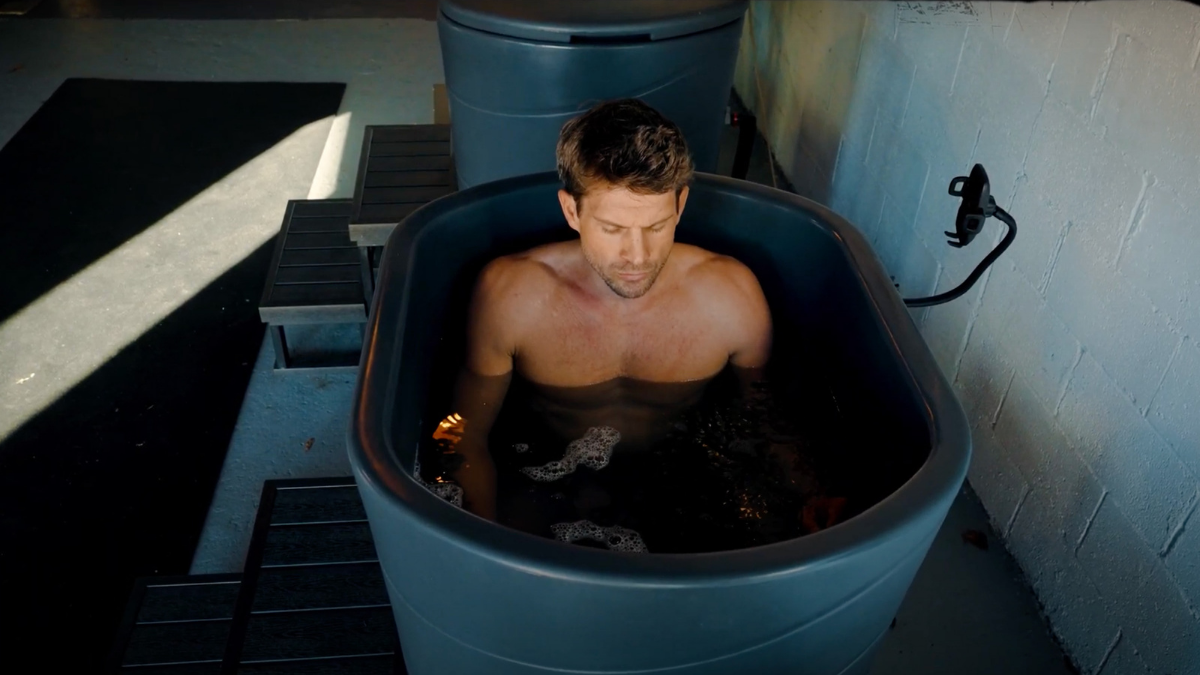
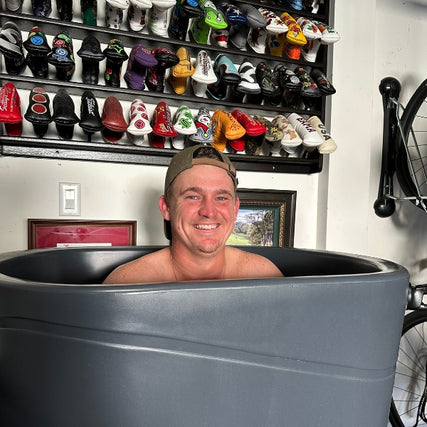
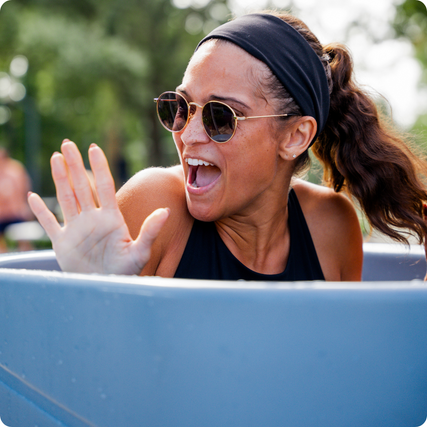
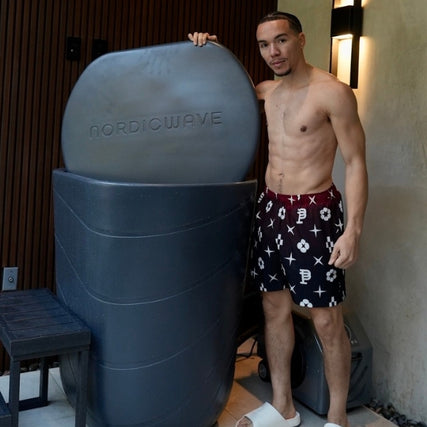
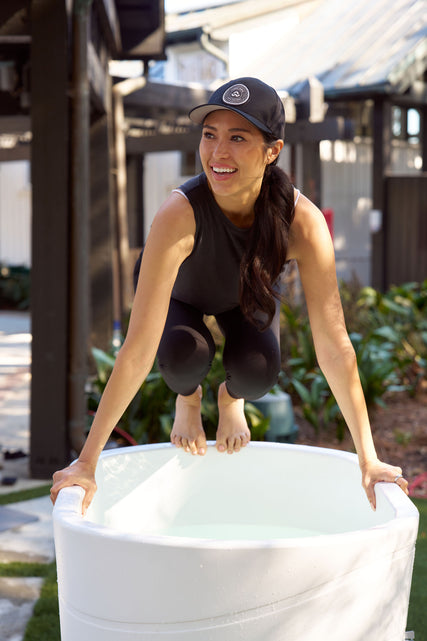
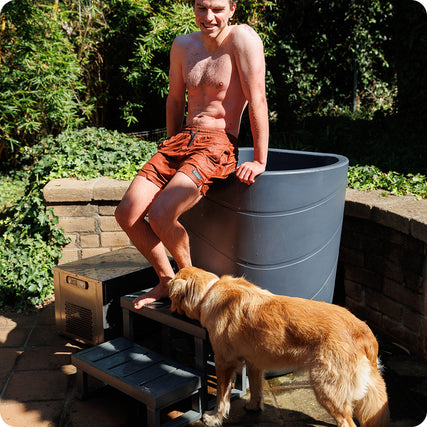
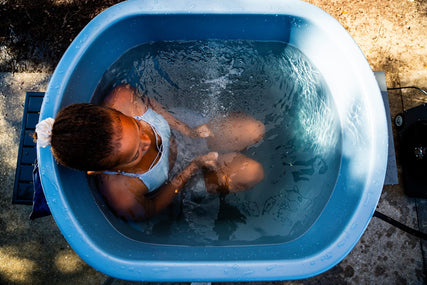
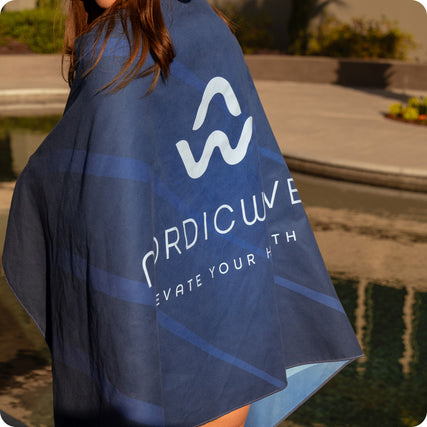
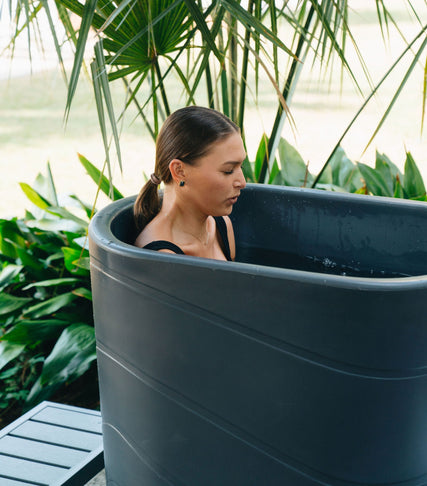
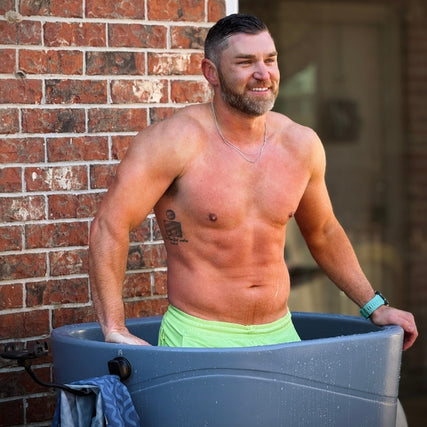
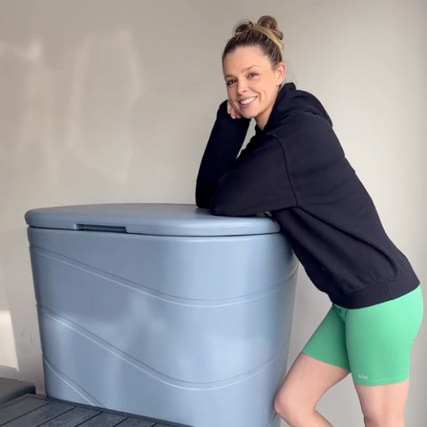
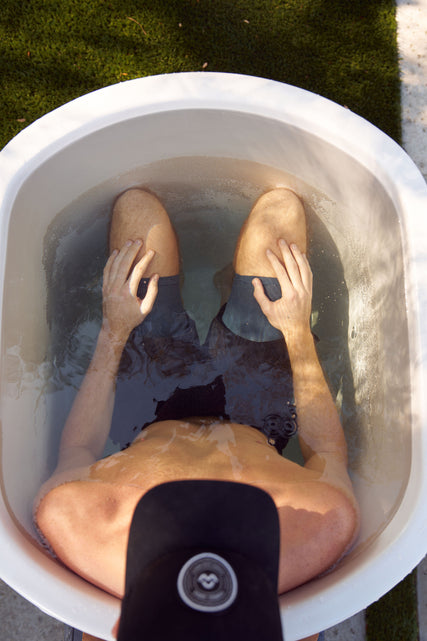
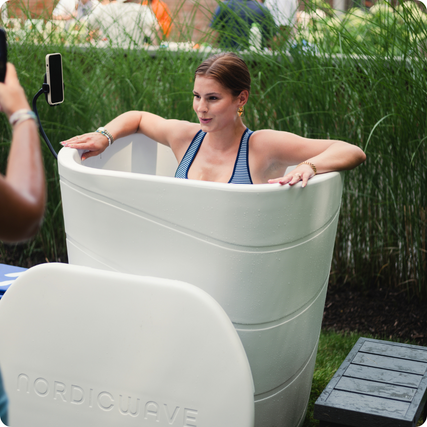
Share:
How Universities Can Get Ahead of the Campus Mental Health Crisis
If You Build Community-Driven Wellness Programs, Members Will Come (And Stay)